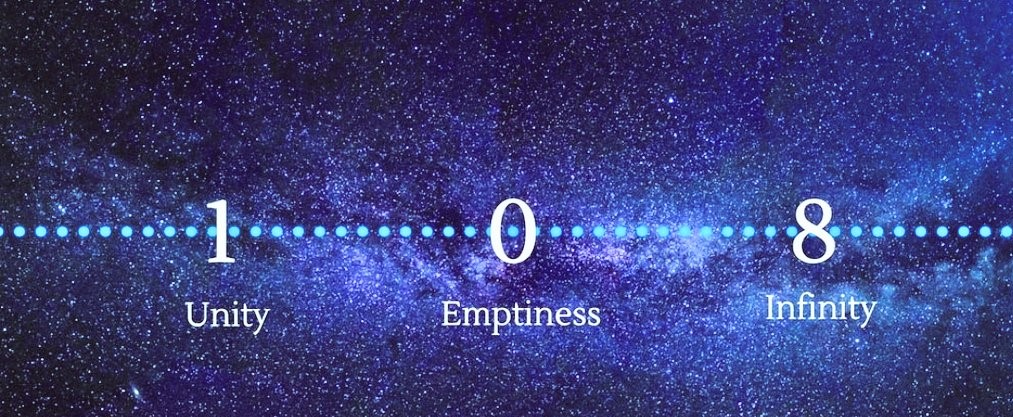
Did you know the significance of Number 108 in Sanatan Dharma?
Why do we recite the mantras 108 times?
Read along -
Thread👇
#DharmicTuesdays
Why do we recite the mantras 108 times?
Read along -
Thread👇
#DharmicTuesdays

1. The Vedic Mathematical explanation of the number ‘108’ is associated with the distance of the Sun and the Earth and also the Earth and the Moon which is 108 times the diameter of the Sun and the Moon respectively. 

2. The numbers ‘1’, ‘0’ and ‘8’ separately signify ‘oneness’, ‘nothingness’ and ‘everything’ respectively. Together, they depict the ultimate reality of the universe- that it is one, empty and infinite, all at once. #DharmicTuesdays 

3.On the Shri Yantra there are marmas (points) where 3 lines intersect,there are 54 intersections. Each intersection has masculine and feminine qualities, which represent Shiva and Shakti.54 x 2 equals 108. Thus,there are 108 points that represent the human body. #DharmicTuesdays 

4. Mathematicians favor the number 108 for its countless patterns and potential divisions. For example, it is divisible by the sum of its parts and most of its proper divisors, making it a semi-perfect number. #DharmicTuesdays
5. In in the field of Ayurveda, there are 108 sacred places, or marmas, in the body, identifying intersections of matter and consciousness. When manipulated, these points can awaken and align the vital energy. #DharmicTuesdays
6.Sanatan Dharma is one of the most scientific way of life. U will always find some or the other explanation for the customs or rules that have been made in the vedic age. It's our responsibility to take the traditions ahead and enlighten the future generations.
#DharmicTuesdays
#DharmicTuesdays
• • •
Missing some Tweet in this thread? You can try to
force a refresh




